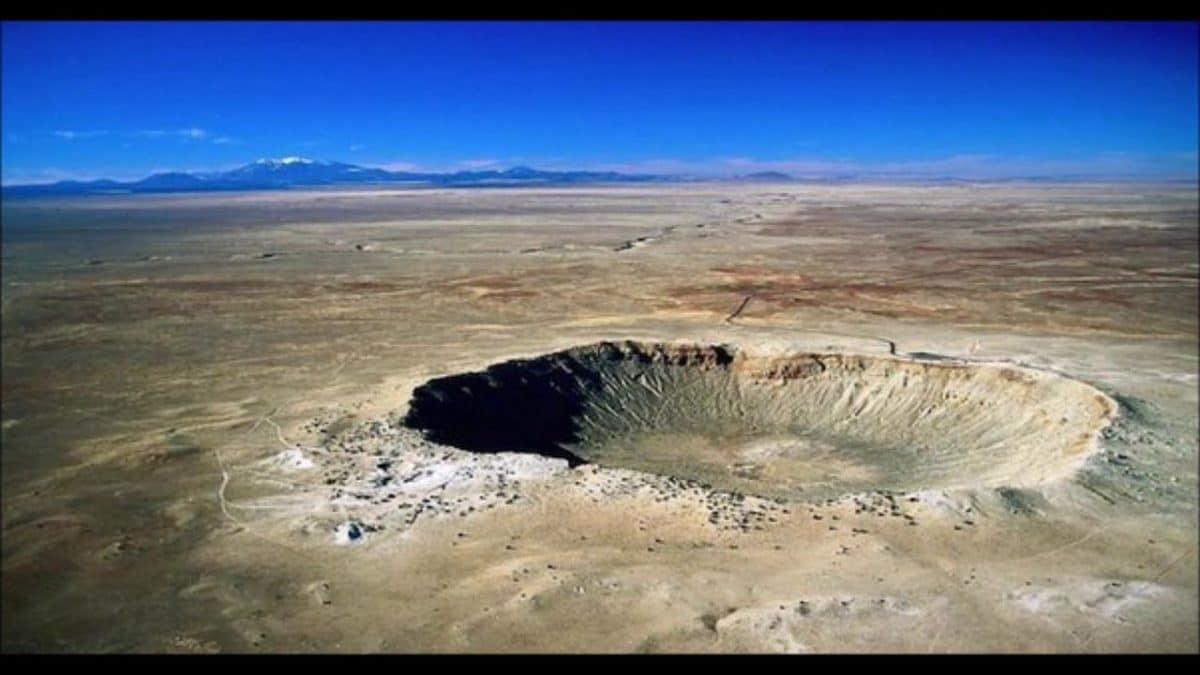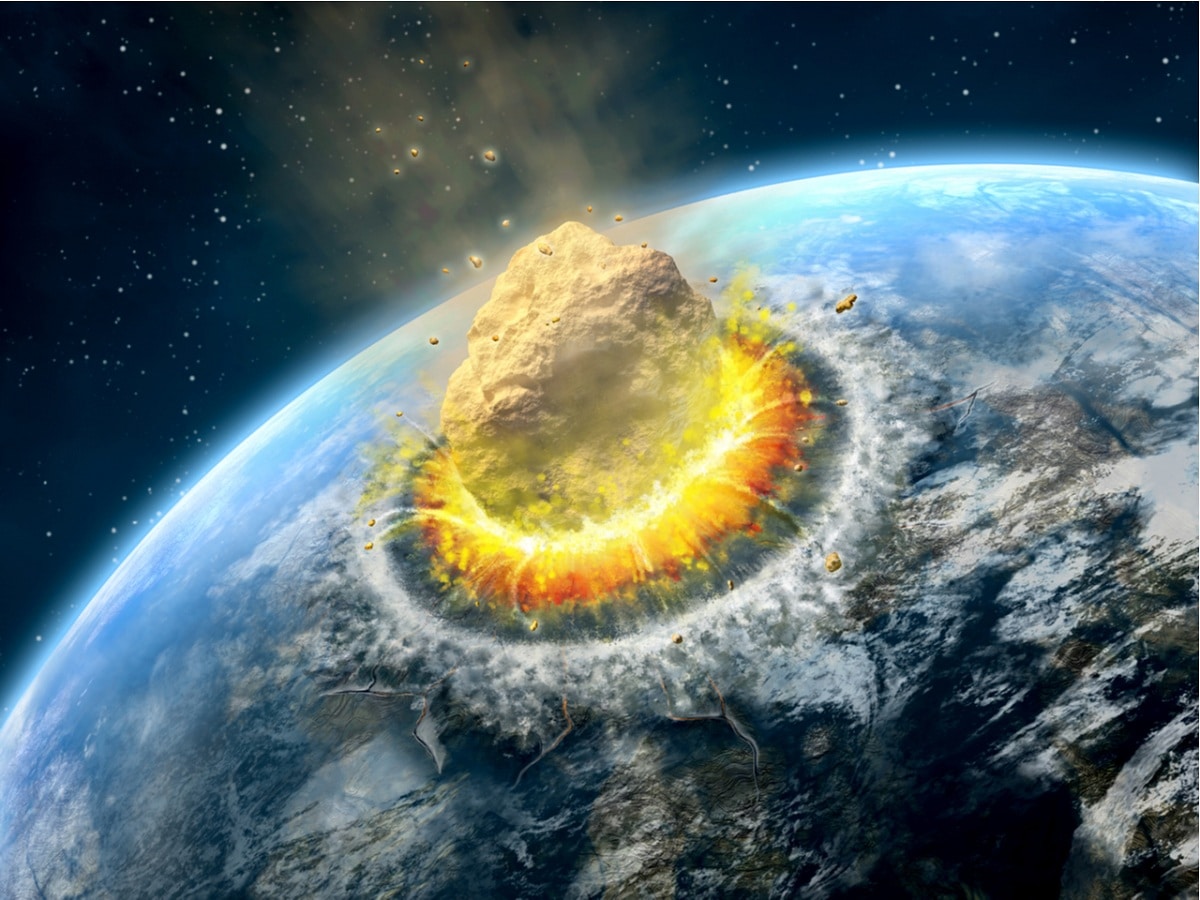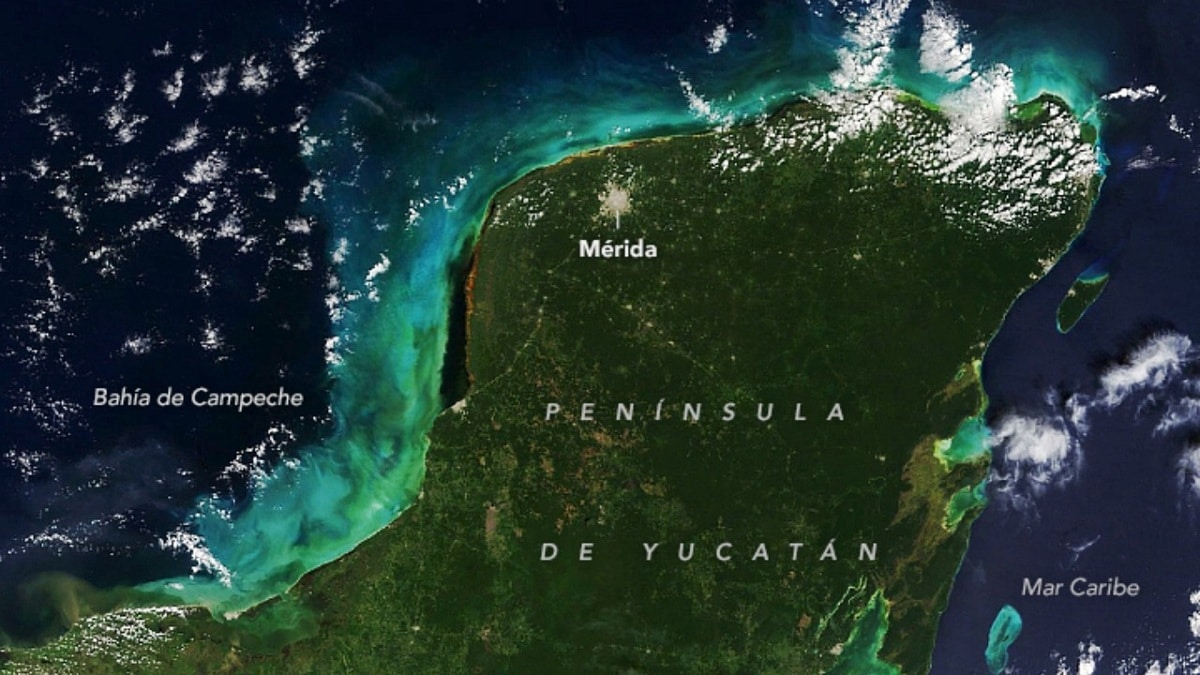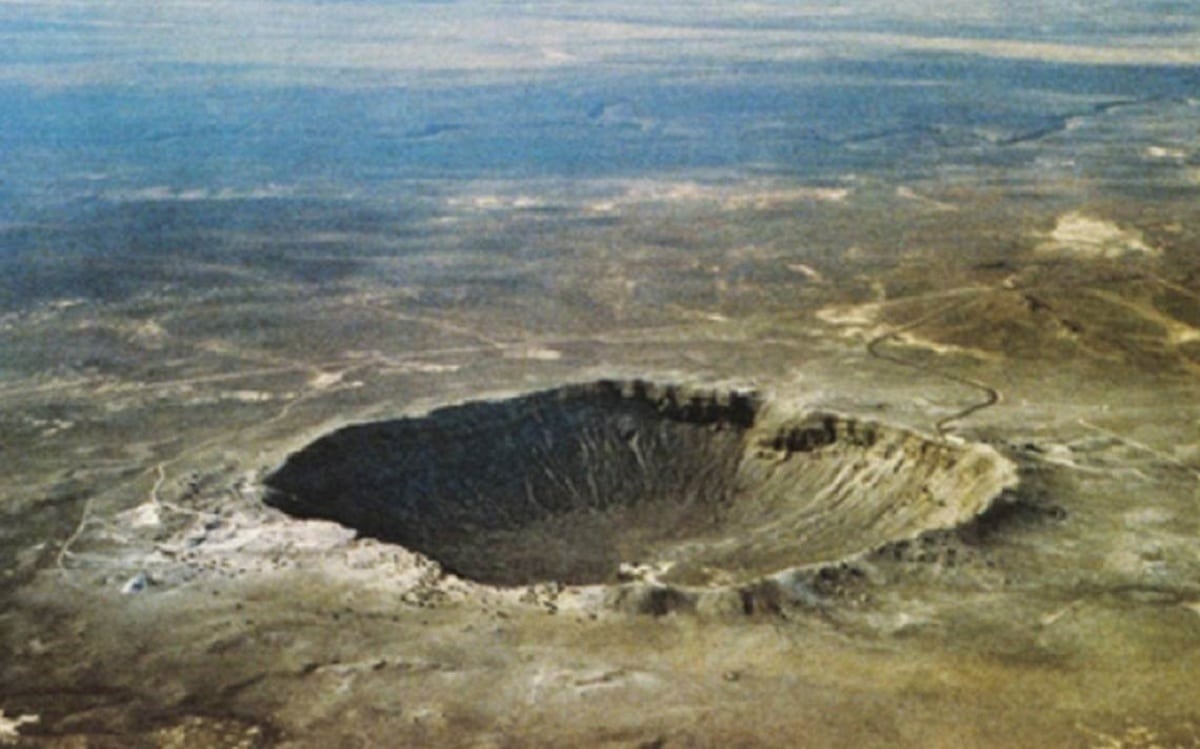
El chicxulub crater is an impact crater located near the town of Chicxulub on the Yucatan Peninsula in Mexico. It has a diameter of 180 km and was discovered in the 1970s by Antonio Camargo and Glenn Penfield. Since then, it has been studied by numerous scientists who work for the state-owned Mexican oil company in search of oil deposits. It is the third largest crater of its kind on the entire planet.
In this article we are going to tell you all the characteristics and importance of the Chicxulub crater.
History

The crater is located near the town of Chicxulub on Mexico's Yucatan Peninsula, at 19° 18' south latitude and 127° 46' east longitude. With a diameter of 180 meters and a depth of about 900 meters, it is the third largest impact crater on Earth. According to surveys, the first signs of this crater date back to the 1960s, said Jaime Urrutia Fucugauchi, a researcher at the Institute of Geophysics of the Autonomous University of Mexico (UNAM), who assured that after exploring the subsoil of the Gulf of Mexico, in the Yucatan Peninsula Certain gravitational anomalies were detected in the carbonate layer.
Unlike common geological structures that have irregular shapes, the images appear as circular and concentric patterns. Despite its size, it was not discovered until 1970 by geophysicists Antonio Camargo and Glenn Penfield during an oil survey.
Penfield examined the information collected in the northern Yucatan and found a remarkably symmetrical subterranean arch in the 70-kilometre-diameter ring. Geophysicists obtained maps of the peninsula's gravity signature made in the 1960s.
Penfield found another arch, although this one was located on the Yucatan peninsula with its apex pointing north. Comparing the two maps, he found that two arcs (the one on the 1960s map and the one he found) formed a circle 180 kilometers in diameter with its center very close to the town of Chicxulub.
Situation of the Chicxulub crater

Geophysicists are almost certain that this strange geophysical feature of the Yucatan Peninsula was caused by a cataclysm at some point in Earth's geological history, which dates back to the late Cretaceous period, about 65 million years ago. The meteorite is estimated to be about 10 kilometers in diameter, so when it collided it formed a crater with a diameter of 180 kilometers, releasing an estimated energy of 4,3 × 10²³ joules, equivalent to about 191.793 gigatons of TNT (dynamite) in influence time.
The impact caused a huge tsunami in all directions that devastated the island of Cuba. Dust and particulate emissions cause environmental changes that completely cover the earth's surface with clouds of dust.
This sequence coincides with the hypothesis of the American physicist Luis Walter Alvarez and his son the geologist Walter Alvarez about the extinction of the dinosaurs, who believe that it could have been hit by a meteorite of this size. This theory is widely accepted by the scientific community.
The main evidence is a thin and scattered layer of iridium at this geological boundary around the world. Iridium is a rare metal on Earth, but it is abundant in meteorites. This effect is thought to be part or all of the extinction between the Cretaceous and Tertiary periods.
The crater has been the subject of geochemical studies, core analysis, electron microscopy and stratigraphy, among others, which have led to strong hypotheses, including that the projectile must have been about 10 kilometers in diameter and penetrated the stratigraphic peninsula of the Earth at a speed of 10 kilometers per second.
It must have been a high-speed collision, because that's the only way to explain what's left of the material, and there's evidence that the high temperature and pressure of the impact caused the melting.
Key features

The crater is well preserved, the complexity is that it is not a bowl, but a different one, which can be described as a series of concentric rings, the perfect analogy is to think of it as throwing a stone into water and the ring and the central convex, known in geophysics as elevation of the central structure.
It is covered by 2 to 3 kilometers of sediment, lor that it undoubtedly helps to protect it, even though it is underwater, which has been confirmed by gravity measurements made by the Maurice Ewing research vessel.
After analyzing the structure of the crater, we know that it has four layers that show the continuum of events that took place: the lower layer before the collision contains microfossils typical of the Cretaceous period; then the layer of material that was ejected during the collision followed; above it, is the layer formed by the remains of the "fireball" and finally the sediment after the disaster.
The fossils in the first and last layers are different, indicating that the species has changed. On the other hand, between the pyrosphere layer and the corresponding layer in the Cenozoic, there is a space without fossil remains, called "empty sea layer", which is a sign of marine time. Restoration of Life and Ecosystems
Mysteries of the Chicxulub Crater
Many of the mysteries of the Chicxulub Crater remain buried. Mexico has asked UNESCO to recognize the crater. There is very little that tourists can see because the impact is from a long time ago.
Tourists visit one of the few vestiges that still exist, impressive cenotes where you can swim among the fish and the hanging roots of the trees, but they don't realize that these geological features exist only because they are made of soft limestone. Ocampo has visited the place several times, but believes that few people know how important it is. It is a unique place on our planet. It really is and should be preserved as World Heritage
I hope that with this information you can learn more about the Chicxulub crater and its characteristics.